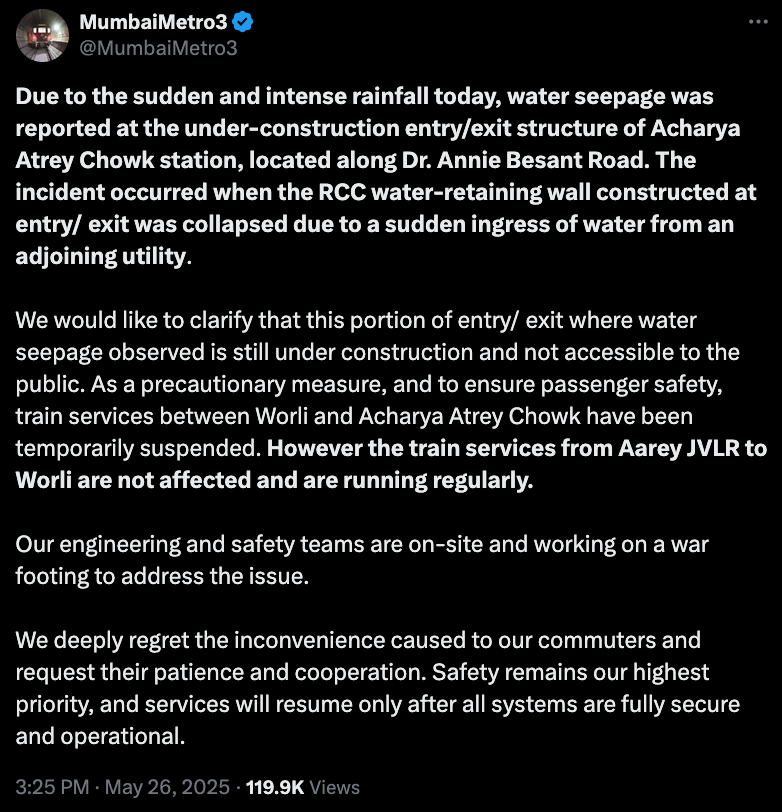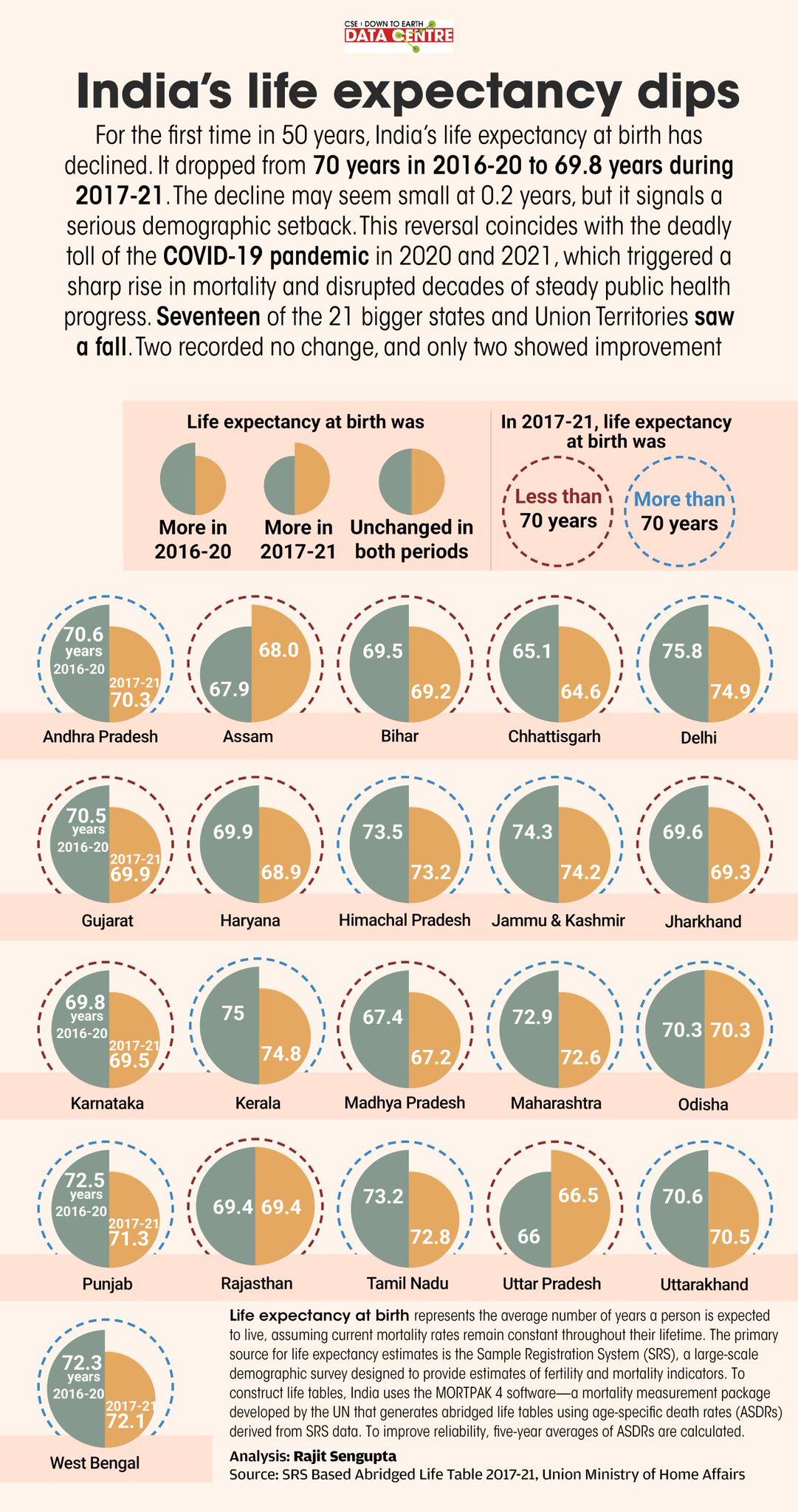Just as the world was starting to think, given the start of trade talks between the US and China, that the tariff wars might be ending, Trump threatened the EU with a 50% tariff.
He also threatened Apple with a 25% tariff if it makes in India and ushered in a new tax bill, which will dismantle the clean energy incentives created by Joe Biden’s Inflation Reduction Act. “Under the reconciliation bill, tax credits for cleaner cars will end this year, with incentives for wind, solar and even nuclear energy projects scaled down and then eliminated by 2032,” wrote Guardian. “Clean energy manufacturing tax credits will be axed by 2031, while Americans seeking to upgrade their homes to cleaner or more energy-efficient appliances will get no further subsidy after the end of this year.” (FLASH: The world changes fast and the US under Trump, even faster. And so, as this newsletter headed out into the world, news came that the US Trade Court has deemed his tariffs illegal. We will get into this next week)
For this reason, larger inferences into the tariff war, like calling it an attempt at bringing manufacturing back to the USA, are unconvincing. The US president cannot be understood without seeing all his actions together. At this time, he is using power to tackle each of his grievances. Some of them are legitimate, like US military interventionism. Others less so — like his disdain for renewables and support for fossil fuels, or his conviction about the US carrying an unfair burden from global trade.
Last week was disconcerting for India as well. It started with north India in the grip of an acute heatwave. State mitigation continues to be on paper, and so, as the link above shows, power cuts have continued as ever. In response, people began spending nights next to ATMs. Even as they did so, the monsoons hit India, coming in well ahead of schedule — and with a hard ferocity.
As this newsletter gets written, much of peninsular India has been drenched, and rains have reached as far north as Maharashtra. Mumbai deserves a special mention for falling apart yet again. Flooding has been reported from places that don't usually flood, like Flora Fountain and Tony Napean Sea Road. Incomplete work on the coastal road has been flagged as one possible reason. Elsewhere, cars were swept away on the Pune Solapur road. Further south, Bangalore, too, saw flooding.
Little here is surprising — or worthy of additional comment. India’s cities are broken, and the pork barrel politics over real estate so well-entrenched that floodplains and lakes will continue to get swallowed up; urban renewal projects will be poorly handled; and that state indifference will only rise with time. This week has provided a sharp insight into the last of these. Water also cascaded into an underground Mumbai metro station — presumably the one thing to hedge against when building an underground metro in a city known for torrential rains. Mumbai Metro’s explanation is one for the ages. A water-retaining wall had collapsed when water came in.
State indifference towards governance is, of course, not limited just to urban planning. We saw that in Jhansi, where the power supply was cut despite a heatwave. And we saw it in Kanpur, where the zoo is seeing an avian flu outbreak. As this newsletter gets written, four of its animals have succumbed to bird flu. “A lion on April 30, a leopard Mona on May 8, a tigress Shakti on May 7, and a wolf,” reported Hindustan Times. In addition to these, some birds living in the zoo, including a free-ranging peacock, have died as well.
The Hindustan Times report focuses on the state government’s attempts to control the outbreak and strikes a calming tone. “Chief minister Yogi Adityanath took feedback on the situation during a review meeting held at the Gorakhnath temple,” it says, adding: “Officials briefed him on the recent deaths of big cats at the zoo and measures being taken to control the spread of infection. Forest minister Arun K Saxena said, ‘We are keeping a close watch on the situation at all three zoos and reports of animal samples and their health are being analysed by experts’.”
Along the way, however, the newspaper’s editors have elided the reasons for this outbreak. According to local sources and social media posts from Kanpur, the outbreak began when an Asiatic Lion named Pataudi was moved from Gorakhpur zoo. Despite the zoo already being in the grip of an avian flu outbreak, this lion was improperly quarantined. Zoo employees flocked to see the lion. Free-ranging birds like the peacock, too, came close to it. With it — and the zoo employees — moving around freely, the net result of all this is this contagion.
Once again, what we see is initial apathy followed by frenetic, panic-stricken action. By the 21st of May, samples of as many as 90 staffers had been sent for testing. Also sent, as the HT report says, are samples from 35 birds and animals. In all, the lives of 1,350 wild birds and animals hang in the balance.
What we see here, again, is a collapse of governance. This is not pork-barrel politics, where rent extraction diminishes decision-making. What one sees is simple incompetence. This doesn’t bode well. Even as challenges facing India rise, the country is strikingly under-equipped to handle them.
As things stand, COVID-19 is back in the news. There is a fresh outbreak, and the government has finally admitted that more people have died than it had projected earlier. UP, as we know, was badly affected. On all this, if you need to recall what misgovernance in that time had looked like, listen to journalist Vidya Krishnan on how India’s politics had magnified the country’s Covid-19 death toll.
Listen to that podcast, look at this avian flu outbreak, and ask yourself: has anything been learnt?
On other fronts, too, things continue to be predictable. Dams are being pushed down people’s gullets — in Spiti and in Arunachal Pradesh. Andhra continues to accelerate as a production centre for solar equipment. As we have been saying, renewables are changing India’s industrial geography. And India is projected to overtake China in oil demand over the next ten years.
In more heartening news, scientists at Bengaluru’s Jawaharlal Nehru Centre for Advanced Scientific Research (JNCASR) have developed a sodium-ion battery that charges up to 80 per cent in just six minutes and delivers over 3,000 charge cycles. “The battery has undergone rigorous validation, including electrochemical cycling and quantum-level simulations, to test performance, safety, and durability,” reported Economic Times.
One hopes this technology can find its way to the market. India is strapped for Lithium, not Sodium.
While on renewable manufacturing, Reliance says it will start its module factory this year. Its battery and “micro power electronics” factory will start next year.
Climate Podcasts of the Week
Thomas Bell on a walking history of the Himalayan landscape: Himal talks to journalist Thomas Bell about his latest book, ‘Human Nature’, and the social, cultural and natural history of people’s lives in the Himalayan environment.
Climate Longreads of the Week
India's grid gets ready to deal with 'too much' green energy risk (BS)
Deep Time and Ceaseless Motion (NYRB), by Stephen Jay Gould. This one is old, from 1981. But such a pleasure to read.
Double Trouble: Two New Reports Highlight Large-scale Climate Change Impact on the Indian Population (Kashmir Times)
Pakistan loses nothing from India’s suspension of the Indus Waters Treaty (Himal)
Building the Low-Altitude Economy: As drones and electric flying vehicles mature, China imagines a new urban landscape (Urban Land). Also see this: How China’s soft power is rewriting Asian culture (Japan Times)
We didn’t quite know this. But progressive economist Rutger Bregman who shot to fame for criticising inequality, is now under attack. From reporter Tim Schwab: He built a brand criticising billionaires. Are billionaires now bankrolling his work?
Also see this and this.US-China Metals War finds new home in Congo’s Cobalt Mines (Bloomberg)
Inside China’s ‘stolen iPhone building’ (FT). Also see, The lessons from China’s dominance in manufacturing (FT) and The ‘quiet’ crisis brewing between the US and South Korea (FT).
It’s not just Dharavi. For years, Mumbai’s poor have been banished to a life near a garbage dump (Scroll)
India’s cotton exports could threaten Maharashtra’s groundwater (Mongabay India)
Book of the week
Last week, this newsletter had mentioned The House of Huawei.
Written by journalist Eva Dou, the book is an excellent introduction to the Chinese telecommunications major. One reads that book, though, and wishes for more details on how Huawei, given its modest beginning, built its technological muscle.
One answer to that question on how China built its electronics manufacturing industry comes from our book for this week. Reporter Patrick McGee’s Apple In China: The Capture Of The World’s Greatest Company. The arc it traces is fascinating. We had Xerox PARC innovating many of the computer technologies we use today. Those were first grasped by IBM and then, from IBM, by Apple. As Apple slipped into problems (mercurial management; chaotic production lines; strong competition from IBM knockoffs, and Microsoft), it began outsourcing production while demanding excellence to vendors in Japan and then Taiwan. These firms, chasing competitiveness, gradually shifted to China, where they built fully-integrated manufacturing lines for Apple. The catch now, as McGee says, is that Apple is now fully dependent on China, which comes with its own costs. Here is McGee’s conversation with Jon Stewart of The Daily Show.
Also see the Rest of the World’s interview with him.
PS: Some of the book’s numbers — like its total investment in China — have been questioned on social media. We are yet to get to that part, but so far, the book looks quite rigorous.










